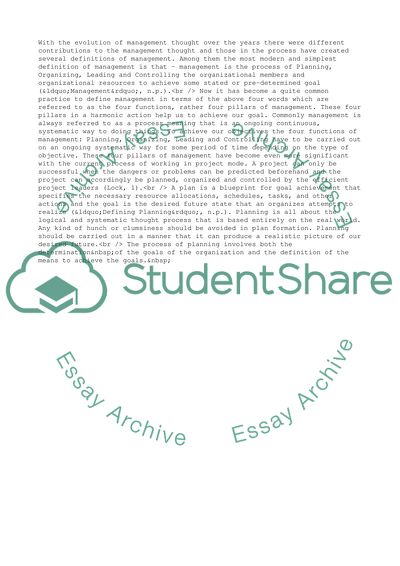Cite this document
(Principles of Management - Cygnus Company and Marintek Case Study, n.d.)
Principles of Management - Cygnus Company and Marintek Case Study. Retrieved from https://studentshare.org/management/1715875-principles-of-management
Principles of Management - Cygnus Company and Marintek Case Study. Retrieved from https://studentshare.org/management/1715875-principles-of-management
(Principles of Management - Cygnus Company and Marintek Case Study)
Principles of Management - Cygnus Company and Marintek Case Study. https://studentshare.org/management/1715875-principles-of-management.
Principles of Management - Cygnus Company and Marintek Case Study. https://studentshare.org/management/1715875-principles-of-management.
“Principles of Management - Cygnus Company and Marintek Case Study”. https://studentshare.org/management/1715875-principles-of-management.


